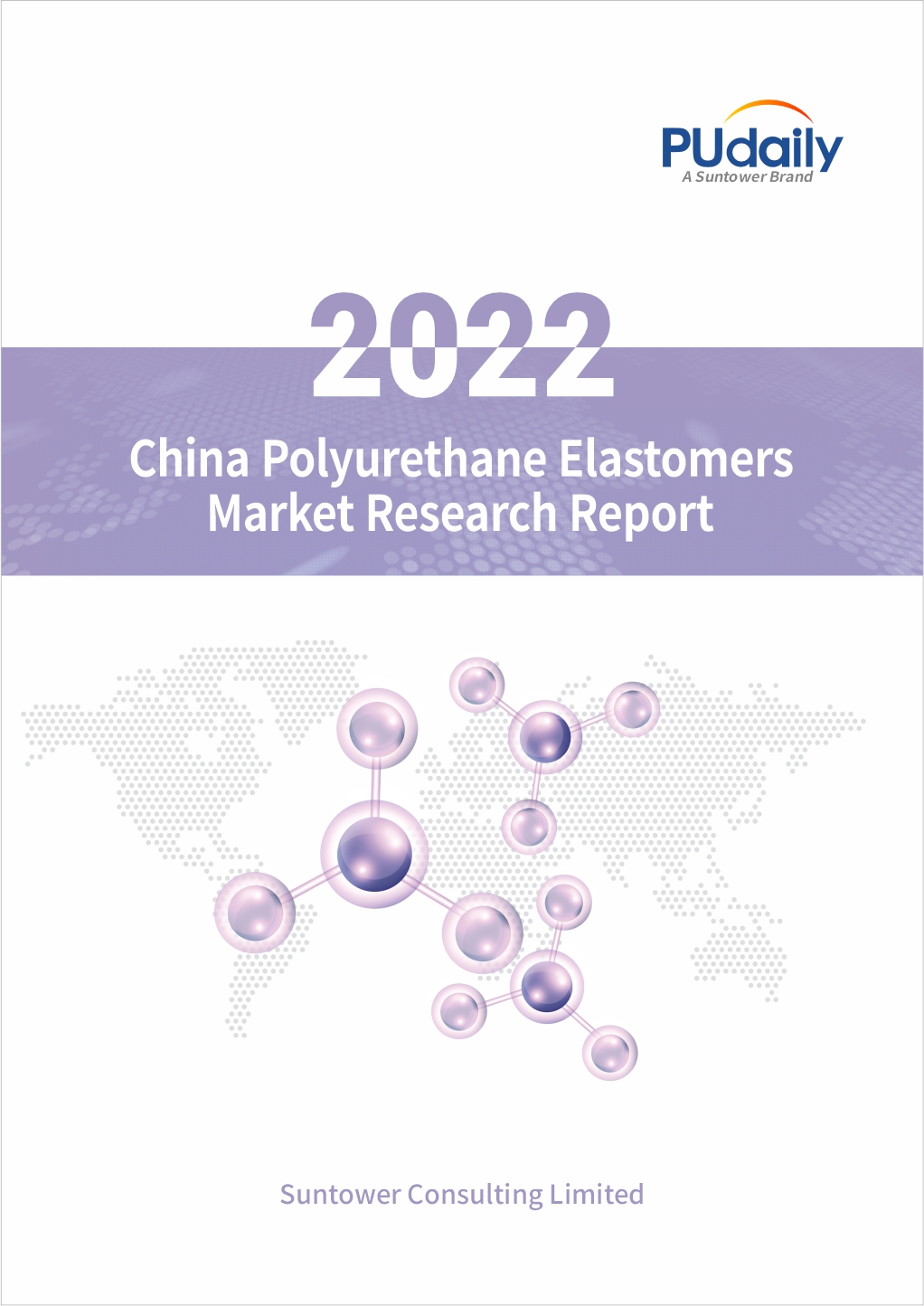(Including TPU & CPU)

Abstract
PUdaily’s China Polyurethane Elastomers Market Research Report 2022 focuses on Chinese market and primarily analyzes TPU and CPU products. The report conducts in-depth study on changes in TPU and CPU supply and demand over the past and next five years. Besides, it provides comprehensive analysis on the costs and profits, technological innovations, purchasing preferences of end users, and investment opportunities and potential threats. The report would assist users to target the growing segments over the coming years, thereby aiding the stakeholders in taking informed decisions and facilitating their expansions.
Contents
Chapter I Big Events in the Polyurethane Elastomers Industry